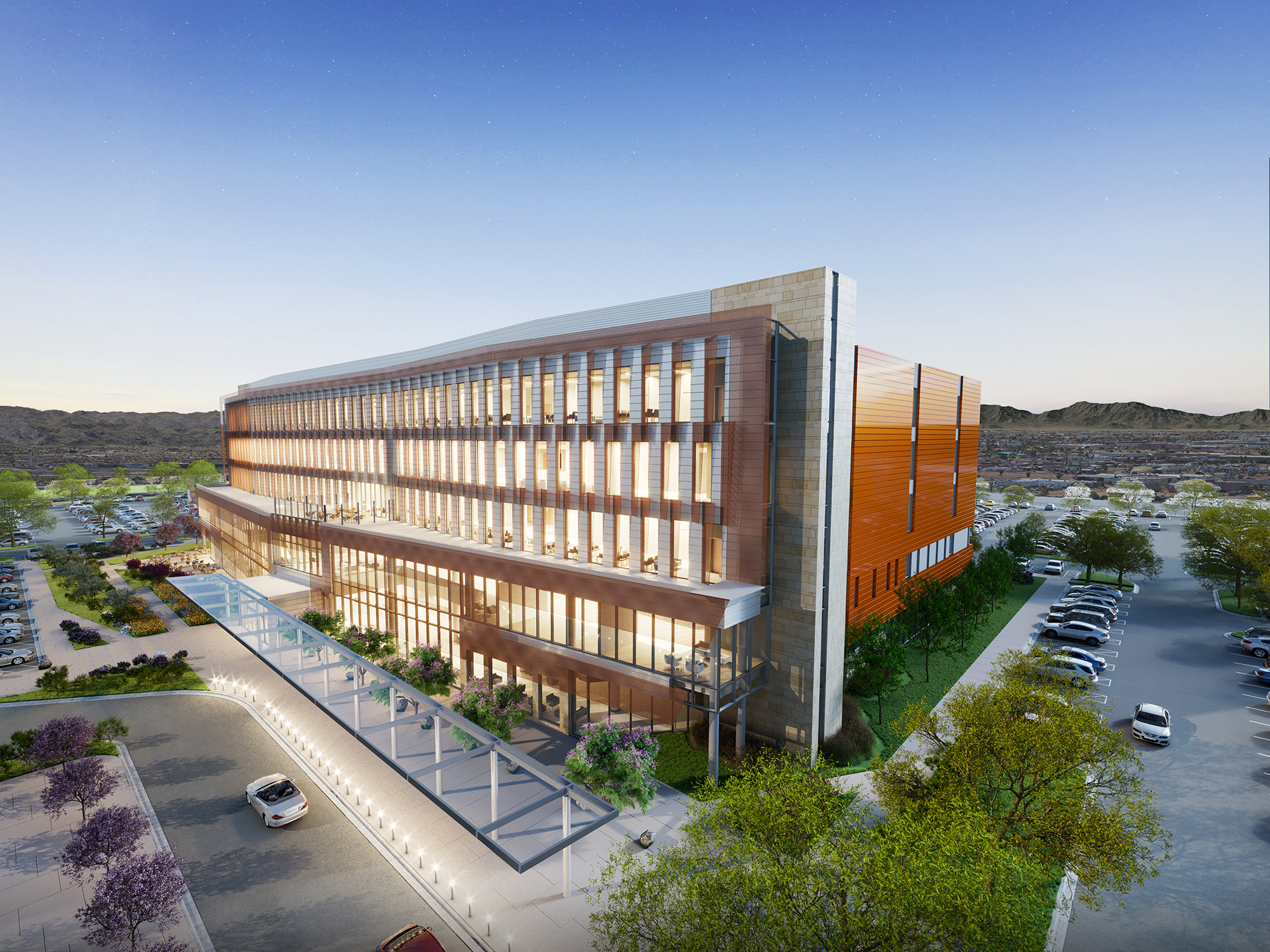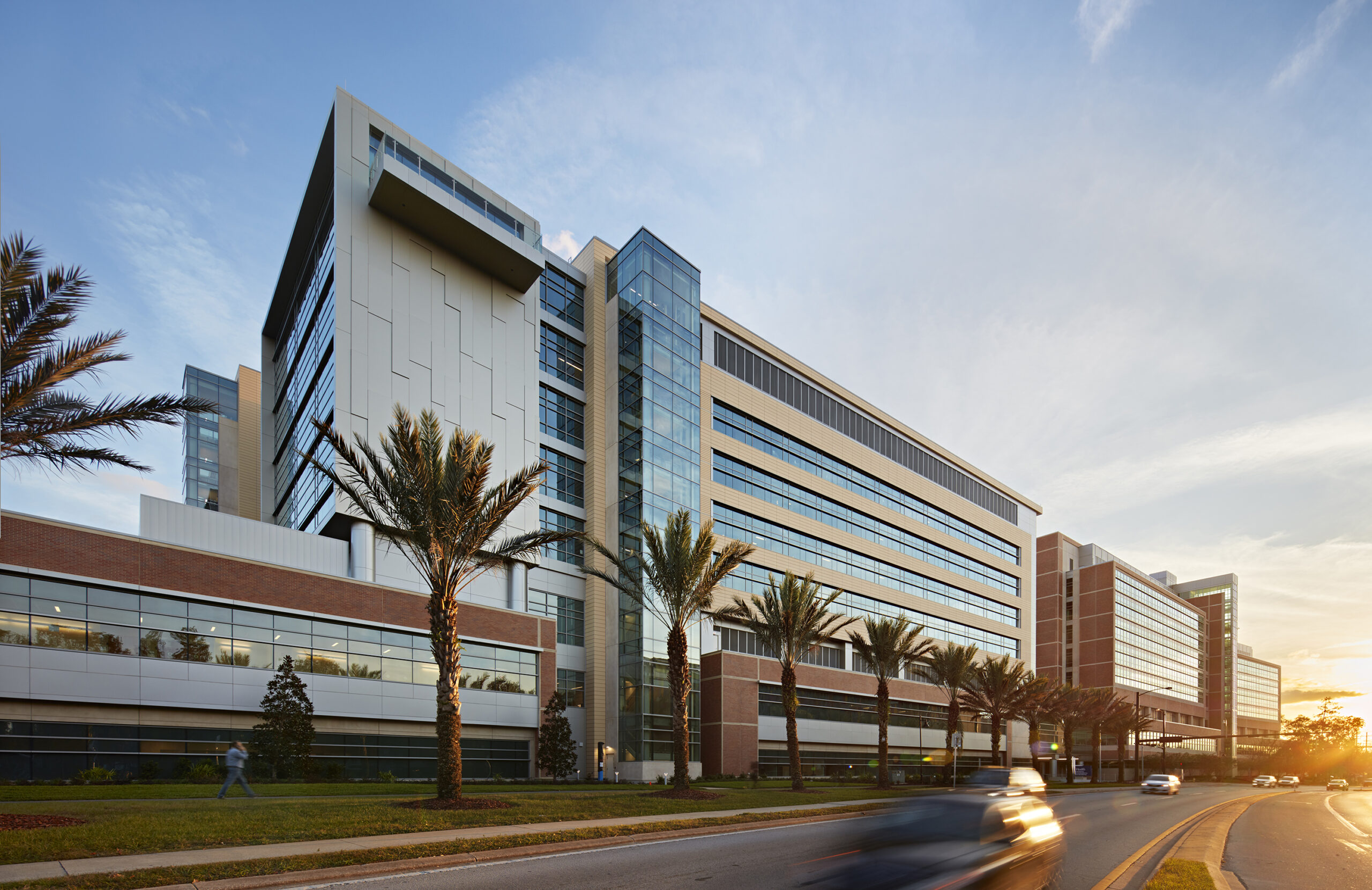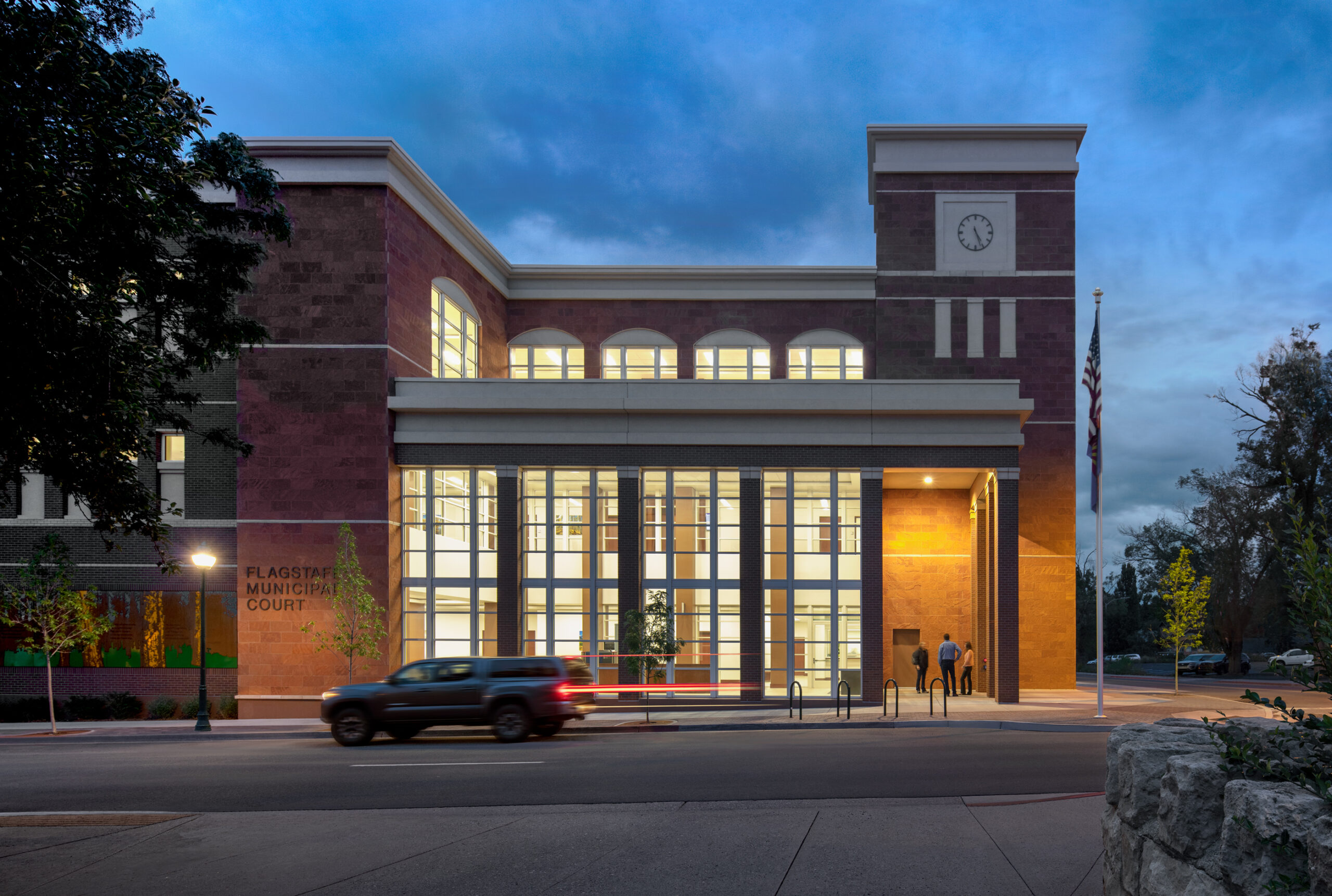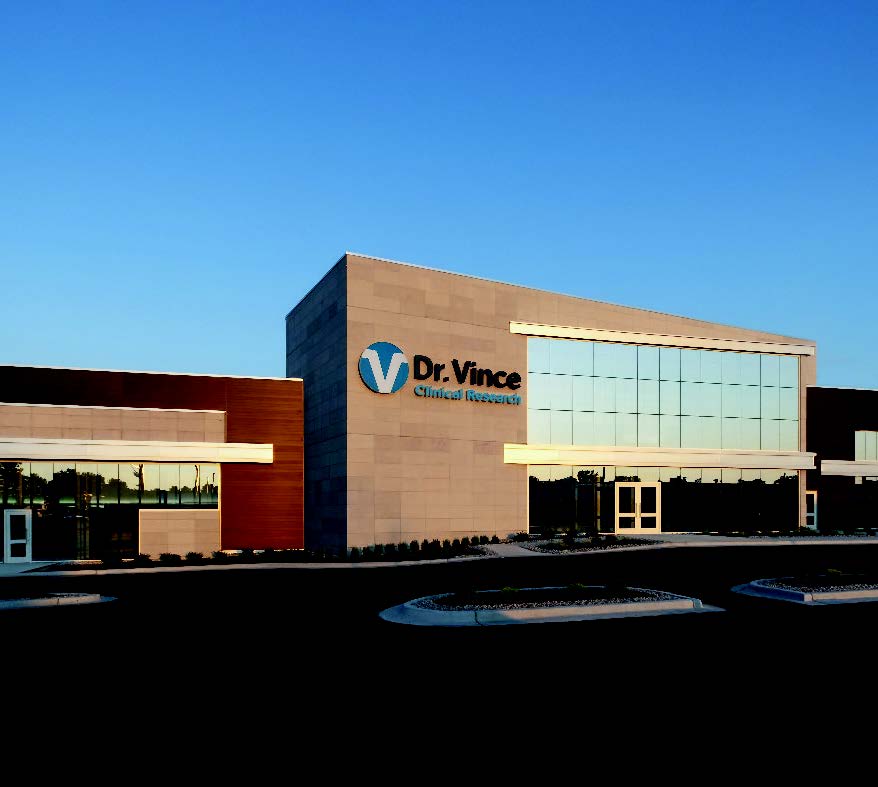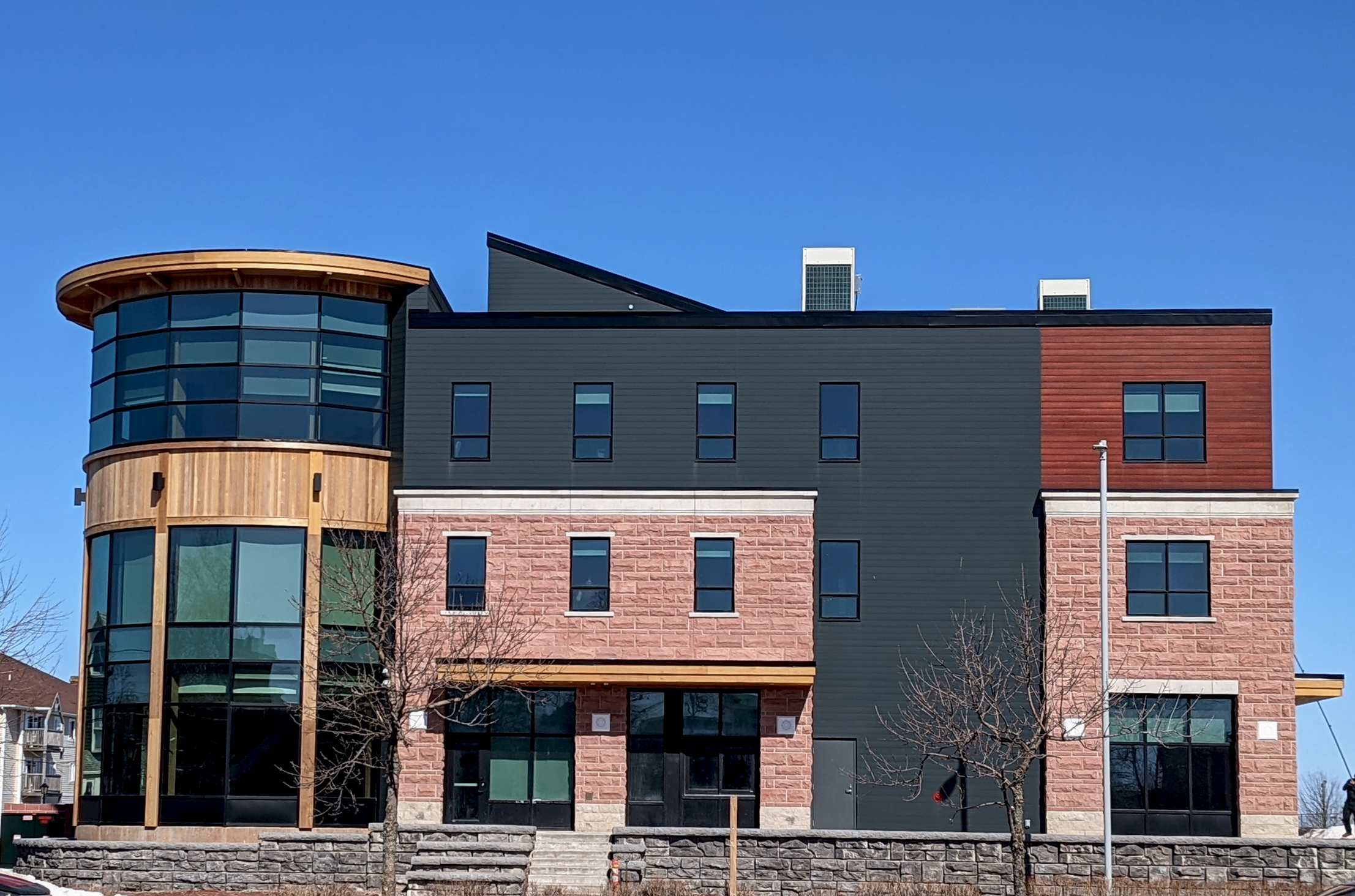“Sustainable buildings offer the best value we can provide for our veterans who have so greatly served us,” asserts Ashley Eusey, sustainability specialist and senior associate at Hoefer Welker, who was part of the VA project team. “Having a rating system helps us focus on creating a better experience for building occupants, and the Green Globes’ framework became a springboard for these projects. The ones that came later benefitted from everything we’d done before – it was exciting to watch that evolution.”
The seven VA projects range in size and scope from a three-story, 236,600-square-foot, community-based outpatient clinic (CBOC) to a single-story, 31,700-square-foot medical office building.
“Green Globes allowed us to highlight what the buildings did well.”
Although it was the first time Hoefer Welker had used Green Globes, Alex Gerhart, the firm’s associate and construction administrator, says it was a good fit for the VA projects. “Green Globes allowed us to highlight what the buildings did well. Going through the Green Globes Technical Reference Manual to find what was required for each credit was pretty self-explanatory, and working with a Green Globes Assessor the whole way through was very valuable,” he says. “It led to effective and consistent communication.”
Located in both urban areas and rural communities throughout Southern states, the recently certified facilities all earned Two Green Globes ratings.
- Birmingham East VA Clinic in Alabama
- VA San Antonio Northwest Health Care Center in Texas
- Chattanooga VA Clinic in Tennessee
- Lenexa VA Clinic in Kansas
- Cobb County VA Clinic in Georgia
- Phoenix VA Clinic in Arizona
- Lubbock VA Clinic in Texas
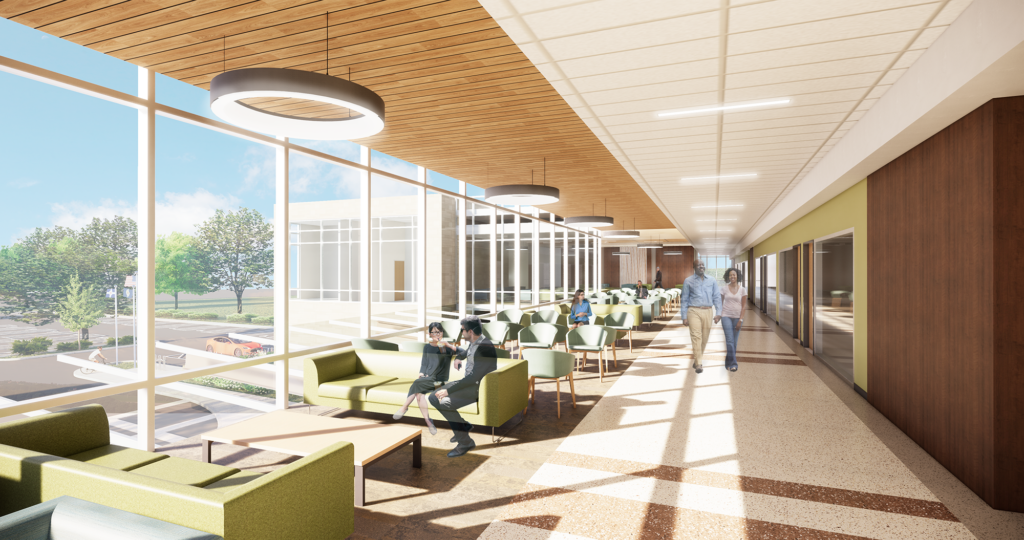
Metrics of Success
Tehmina Husain, sustainability consultant at Merrick & Company, led the Green Globes assessment process for the VA project team. “The flexibility Green Globes offers makes it applicable to all projects,” Husain says. “The online questionnaire allowed us to add or drop credits and see how it impacted the project’s score. Green Globes allows our team to customize and align sustainability goals with the project. Some of the notable features are non-applicable criteria, partial credit allowance and the onsite assessment at or after construction completion.”
A great deal of attention was paid to providing high-quality indoor environments with optimal daylighting levels. The projects earned Green Globes credits for source control and measurement of indoor pollutants, well-documented low-VOC materials and carbon monoxide monitoring.
“The overall goal is to create a healing environment for our veterans – not just for physical healing but emotional and social as well,” Gerhart explains. “Our veterans have been through a great deal already, and any chance to create a positive environment is impactful. We carefully examined the quality of acoustics, thermal comfort and indoor air quality to minimize stressors. Balancing daylighting is important too, and we added daylight sensors to provide just the right amount of light.”
Interior finishes were selected to absorb sound and improve acoustic performance. Open circulation areas and small functional areas have thermal zones controlled by a BAS (Building Automation System). Automatic photocell lighting controls maintain consistent lighting controls in daylit atriums and waiting areas, and many light fixtures have occupancy sensors and/or photocell lighting controls. For example, at the Johnson County facility, a blue tint on the glass seems to recreate the vast sky of the prairie where the building is located.
“The ample windows and connection to nature reinforce the healing power of biophilia.”
“It feels like a natural oasis there,” remarks Eusey. “The ample windows and connection to nature reinforce the healing power of biophilia. We know people need sunlight, but glare is counterproductive. We used daylighting analysis software, and we’re implementing this analysis in our subsequent projects.”
In addition to maintaining consistent lighting levels for patients, the automatic controls and the use of LED lighting systems help conserve energy. Most of the facilities are estimated to require at least 30% less energy than a baseline building.
Energy is also conserved through building envelope choices. For example, the R-values of the building envelope insulation paired with low-e insulated glazing on the windows and curtain walls at the Lubbock and San Antonio CBOCs achieved Green Globes credit for their respective climate zones. At the Cobb County facility, a high-SRI (Solar Reflective Index) roof reduces heat island effect and conserves energy.
Many of the facilities scored high in the Materials & Resources Environmental Assessment Area as core and shell and interior materials were documented for their life-cycle attributes. Environmental Product Declarations (EPDs) and third-party certifications were used to compare materials for their final selection. Construction waste management reports verified prudent handling of materials. In fact, at the San Antonio facility, 84% of the construction waste was diverted from the landfill.
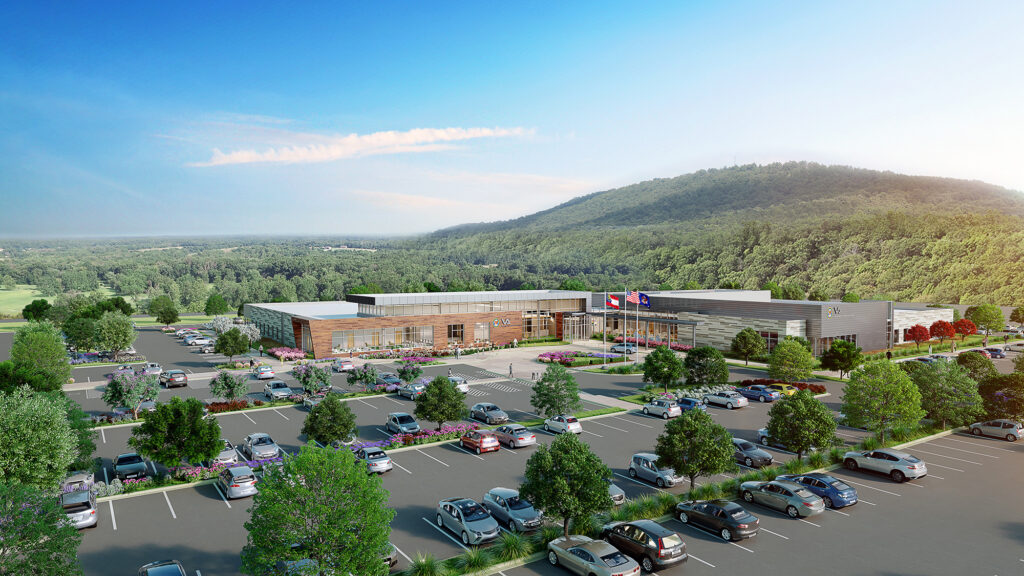
Continual Improvement
While Hoefer Welker commonly incorporates sustainable design into its projects, Eusey appreciated the accountability of Green Globes.
“Third-party rating systems like Green Globes provide a roadmap for success and hold the building owner and project team accountable. Otherwise, it’s easy to think you’re doing enough with no way of knowing where you really stand or what you need to change,” Eusey notes. “Green Globes allowed us to grade ourselves and see where we could improve.”
Having a direct connection to the Green Globes Assessor helped the team convey their sustainable accomplishments.
“The ‘behind the scenes’ evaluation of design can be hard to capture simply on drawings and official documents,” Husain says. “But with Green Globes, the Assessor’s onsite assessment allows the project team to showcase their work,, share the design concepts and point out the relationship of the building to its community in person.”
Suggestions in the Green Globes final reports are inspiring the team. “There was a lot of useful information in the final reports on how to make the facilities even more sustainable, and we shared the report with everyone on our team,” Gerhart says. “We’re considering ideas like harvesting rainwater, integrating photocells throughout all the spaces in upcoming VA facilities, and possibly implementing renewable energy for a higher rating and to offer a more sustainable space overall,” he explains.
“As we continue to work on new medical facility projects in the VA portfolio, they just keep getting better and better,” Eusey declares.
